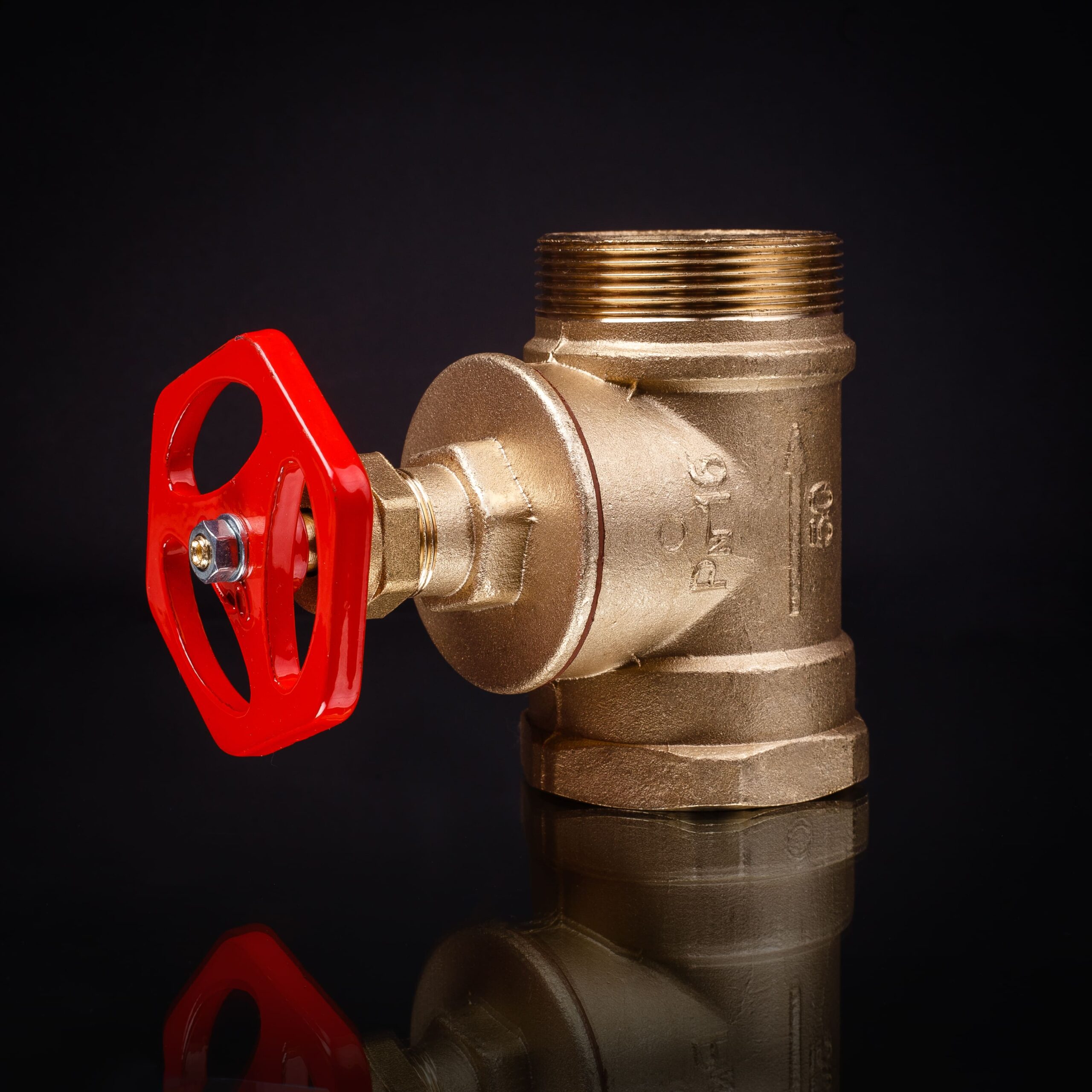A fire hydrant valve will help provide instant access to water in the event of a fire. It is the issue of choosing such a product that should be approached as responsibly as possible. In this material we will talk about the advantages of using this type of shut-off valve, and also talk about what you should pay attention to when purchasing it.
Benefits of using a fire damper
As we said above, the fire shut-off valve is used to provide instant access to water in the event of a fire. However, along with this, it also has a number of characteristics that can be attributed to the advantages of using such products:
- Reliability. Fire hydrant valves are designed and manufactured to strict codes and standards to ensure they perform reliably in any extreme conditions.
- Ease of use. In the event of a fire, there is no time to deal with the fire valve structure. That is why this element of the fire extinguishing system is easy to operate. Even an untrained user can put the product into working condition.
- Durability. Fire shut-off valves with coupling and pin are made of high-quality materials, which guarantees their long service life.
- Technical support. Since the fire hydrant valve is a part of particular importance, some manufacturers offer regular maintenance services, which can also be attributed to the advantages of using this type of product.
But in order to fully obtain all these advantages, it is necessary to choose the right brass straight fire valve DU 50 or another similar element of the fire protection system. How to do it? Read about this in the next block of our material.

How to choose the right fire hydrant valve?
Selecting the correct fire valve with coupling and spigot is a critical step in creating an effective fire protection system. Here are some key recommendations to help you choose the right option:
- determine the purpose of use. The first step is to determine where and how the fire hydrant valve will be used. For example, this could be installation inside a building, in an open area or in hazardous areas. Different situations require the use of different types of valves;
- compliance with norms and standards. Make sure the valve you select meets local and international safety standards, such as NFPA (National Fire Protection Association) or FM (Factory Mutual);
- valve type. There are different types of these products, including main valves, flow valves and proportional control valves. The choice depends on the specific requirements of your system and fire strategy;
- size and capacity. Determine what diameter and flow rate (liters per second) your system requires. This should be consistent with the potential risks and the volume of water required to extinguish the fire;
- material and durability. Assess the material from which the valve is made. Stainless steel, brass, or other corrosion-resistant materials are typically used. Also consider the durability and lifespan of the valve;
- control and automation. Decide if you need automation to control the valve. Automatic systems can be linked to smoke and temperature detectors to automatically open the valve in the event of a fire;
- technical support and service. Check to see if the manufacturer or supplier provides technical support and service for the valve you select. Only regular maintenance can guarantee to ensure a reliable operation of such a product;
If you find it difficult to choose or you are interested in additional information on a certain type of product, contact “Shlyakh” specialists for help. Our employees will answer all your questions and help you choose a fire hydrant valve depending on the conditions of its future operation.



 +38 (050) 569 08 44
+38 (050) 569 08 44
 Catalog
Catalog
 +38 (050) 400 07 70
+38 (050) 400 07 70